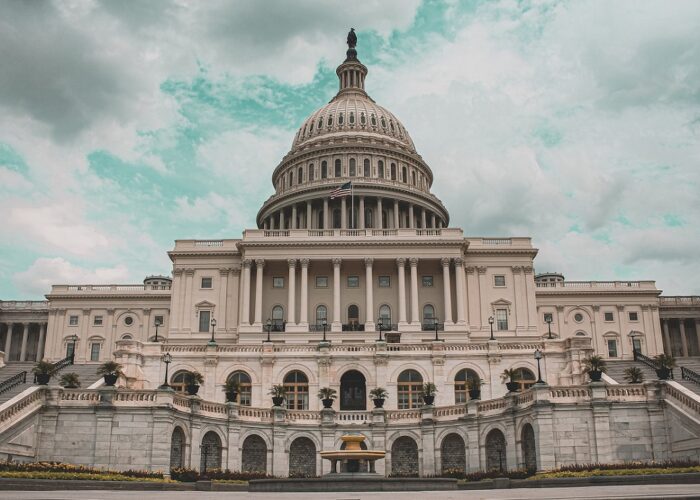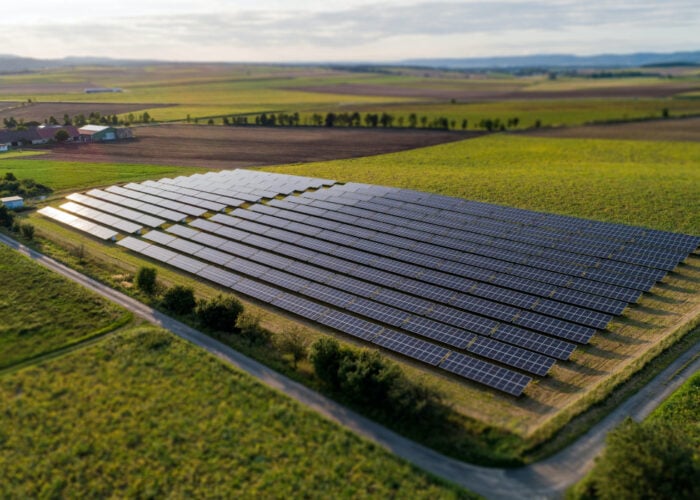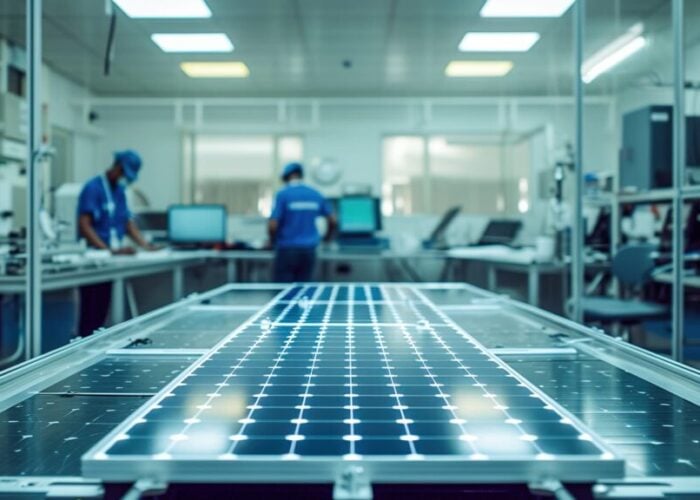
Indian module manufacturer Vikram Solar’s first foray into vertically integrated PV manufacturing in the US is designed not just to leverage the opportunities presented by the Inflation Reduction Act (IRA), but also to capitalise on the momentum gained from a recent win in cell manufacturing capacity in India, the company’s chairman has told PV Tech Premium. Until now, Vikram Solar’s manufacturing activity has remained in module assembly, but the capacity it gained in India’s Production Linked incentive (PLI) scheme which includes cell production, formed a suitable moment to explore further upstream options.
With the company expecting its first products to come out of the new US module assembly facility in Q3 next year, Vikram Solar’s chairman and managing director Gyanesh Chaudhary says: “So far, I have not been disappointed with the kind of conversations we’ve had, so as soon as we start selling, they should be sold out pretty easy. There is appetite in the market to absorb the capacity.”
Unlock unlimited access for 12 whole months of distinctive global analysis
Photovoltaics International is now included.
- Regular insight and analysis of the industry’s biggest developments
- In-depth interviews with the industry’s leading figures
- Unlimited digital access to the PV Tech Power journal catalogue
- Unlimited digital access to the Photovoltaics International journal catalogue
- Access to more than 1,000 technical papers
- Discounts on Solar Media’s portfolio of events, in-person and virtual
Or continue reading this article for free
The facilities will be Vikram Solar’s first outside of India and the first time it has expanded further upstream than pure module manufacturing. The company announced the plans to enter US manufacturing in a joint venture with private equity firm Phalanx Impact Partners and venture capital company Das & Co. last month.
Speed before vertical integration
The expansion is spread between two facilities. First, a ready-made module assembly factory in Brighton, Colorado, eventually rising to 4GW capacity, followed by a second 4GW facility focusing on cells, wafers and ingots in an as yet unannounced Southern US state. The split in facilities was a way of getting to market in the shortest possible time, says Chaudhary, since building a facility from scratch would have taken an additional 9-12 months or so.
“Right now, the focus is how fast we can set up the module manufacturing,” he adds. “We have significant capacities in India, we have been doing this for over 18 years and this is what we do really well.”
Whether the second phase facility will involve the same model of using a ready-made facility will depend on which US states welcome Vikram Solar and what kind of incentives they can offer.
“There are some interesting funding options which are being worked out, so that plays an important part in this,” says Chaudhary.
The IRA is constructed in a way that allows for building in such facilities in several phases and no dates for the second facility were disclosed, but there are strong draws to going upstream.
“There is a higher incentive to go backward into integration,” says Chaudhary. “There are larger incentives to have a deeper domestic content in your solar modules, so we are incentivized nonetheless to have more integration in our solar panels. So, we definitely will be going ahead with integration; it’s just a matter of time.”
To source the raw materials for the upstream production, Vikram Solar has been in discussions with some of the large existing US manufacturers who have been running on low capacity despite having enough material.
“With the IRA they have plans to significantly ramp up,” says Chaudhary. “So, considering those manufacturers and some of the newer ones, all of those combined there will be no shortage of polysilicon and even wafers in the US market, considering some of them are even looking at going forward into wafer manufacturing themselves.”
Back to Domestic Content drawing boards
Back in May, the US Department of Treasury and Internal Revenue Service (IRS) released guidance on the domestic content bonus included in the IRA noting that PV projects would need to meet requirements for both their PV and their steel components in order to benefit.
Asked how the guidelines were received, Chaudhary says: “It’s been slightly more complicated with respect to how domestic content is looked at. It incentivizes going further into manufacturing with respect to not just silicon and the value chain, but also into the components of solar modules. So, it’s up to us to go back to our drawing boards and see how well we can use this guideline to cater to the customers.”
Chaudhary has previously discussed India’s PLI scheme and the prospects of vertically integrated solar manufacturing in a detailed Q&A with PV Tech Premium.






